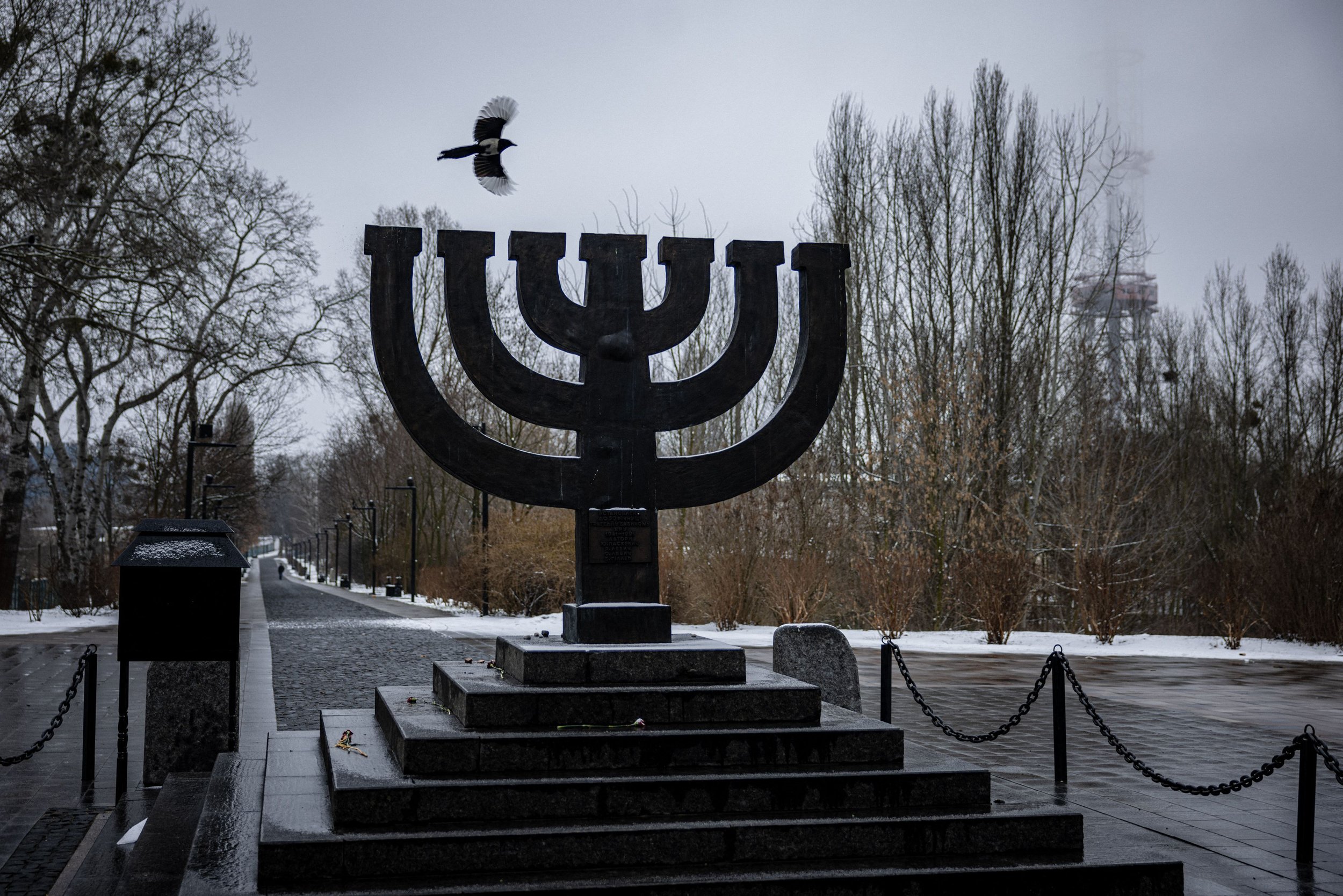Fifty kilometres north of Kyiv, Ukraine, the Ivankiv Local History Museum was set ablaze by Russian invaders last week, destroying irreplaceable works of iconic folk art. In Kyiv itself, missiles strikes landed at Babyn Yar, a memorial site to one of the largest Nazi massacres of World War II. 500 kilometres to the south, along the Black Sea coast, archaeological sites dating back to the neolithic are exposed to shelling. And all across the country, conservators and volunteers are scrambling to secure Ukrainian heritage from the intentional and collateral damages of war.
Heritage, woven as it is into landscapes and built environments, is always at risk during wartime. Often, damages are incidental, the unavoidable result of proximity to projectiles and explosions. Sometimes, destruction is deliberate, where sites and objects of cultural significance are targeted by munitions, or stolen, or both. Either way, losses of cultural heritage are part of the cascading humanitarian crises triggered by wartime violence.
Ukrainian heritage has, of course, seen conflict before. From stone age sites to medieval architectural wonders, Ukrainian history is a diverse and spectacular mosaic of cultural development laid down over millennia. More than 200 national historic landmarks have been named in the country, along with seven World Heritage Sites designated as having “outstanding value to humanity”.
At its core, much of this heritage reflects a mixing of peoples and cultures, and the lively, dynamic, and fruitful cultural creativity that developed at this geographic crossroads between Europe and Asia. Neolithic and Bronze Age sites here are some of the largest and most complex anywhere, and very possibly represent the first truly urban areas in the world. Greek and Roman sites attest to the role and significance of the area in the ancient empire-building networks. Religious artifacts and structures represent the importance of Ukrainian influence in the histories of eastern Orthodox and Catholic churches.
Much of this, while the proud patrimony of modern Ukrainians, is also coveted by Russian authorities looking to claim this heritage as part of a unified, glorified, Russian heritage. And this too, has become part of contemporary Ukrainian heritage: the targeting of domestic culture for repackaging into Russian nationalist propaganda.
The historic Russian tsardom (which colonized Ukraine in the late 17th century), then the Soviet Union, and most recently the Putin regime, have worked hard to promote a myth of a unified Russian history that includes Ukraine. Imperial, then Soviet, and now Russian authorities have plundered Ukrainian heritage—churches, libraries, museums, and archaeological sites—and funnelled the booty to Moscow, where they are used to help re-write of the arc of history to justify current political aspirations.
Historically, Soviet regimes have targeted heritage they believed to most closely associated with Ukrainian nationalism, and therefore a threat to Russian unity. Scythian treasure, baroque Cossack artifacts, or Orthodox church paraphernalia, for example, have all been targeted for confiscation, in an attempt to claim Ukrainian history. Since Russia’s 2014 invasion of Crimea—a mindbogglingly heritage-rich peninsula that houses thousands of historic sites—Russian authorities have conducted large-scale archaeological excavations, illegally exporting huge volumes of cultural heritage to Moscow to be kept as state property.
Given Vladimir Putin’s frenzied dedication to the idea of a unified Russian state, and Russia’s abiding commitment to nationalist propaganda, further destruction and depletion of Ukrainian heritage is expected. And while heritage is, of course, second in importance to life and limb, its loss can be a tremendous blow.
As sites of collective memory, heritage places are foundational to cultural identity, to reconciliation, to healing, and to education, all of which will be critical in the aftermath of the Russian invasion of the Ukraine. Protecting heritage in war is a commitment to future generations that culture is to be cherished and preserved, and it signals the importance and value of cultural continuity. Those who are now risking their lives to sandbag monuments, relocate artifacts, and hide artwork are doing so in service to future Ukrainians, and with hope that this heritage will be part of a renewal.



